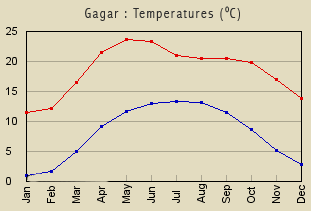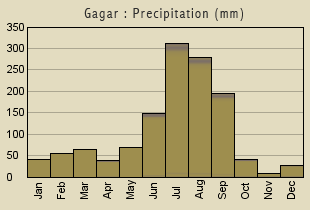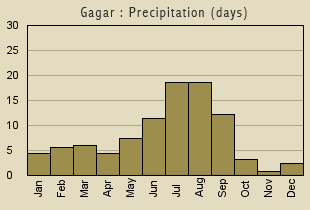Soulitude is an evergreen destination! Since each season has it’s own charm, anytime is a perfect time to visit us!
Winters (December to February)
Shimmering with fresh snow, the views of the Himalayas are simply spectacular at this time. If you are lucky enough, you may even be able to catch a snowfall.
Winters are a paradox – till about 3p.m. at 7000ft, one can be out in the most brilliant sunshine with just a light layer almost every day (usually no clouds, except when snowfall is expected, and certainly no Delhi smog). Once the sun moves away, however, it is time to move indoor and grab a cosy seat next to a roaring fire.
Spring (March & April)
March and April is when Nature springs back to life. The chill of the winters is over and the fruit trees begin to blossom. The snow views in March are still good enough to take your breath away, though they become a bit more elusive in April.
Summers (May & June)
The Summers see the greening of the hillsides and a riot of colours as the flowers are in full bloom and the trees are laden with fruits. You may treat yourself to the most luscious peaches, plums and apricots straight from the trees. The Himalayan snow views become a bit difficult to catch at this time of the year, though an occasional or partial view can never be ruled out.
Monsoons (July to September)
The monsoon showers bathe the hills in the most vibrant shades of green. It is almost magical to see the clouds flowing down the mountainsides into the surrounding valleys. For fruit lovers, there is plentitude of apples & pears and walnuts & chestnuts ready to be plucked off the trees. The flowers stand out brilliantly against the silver grey mists. It usually never rains continuously so outdoor activities are rarely a problem. To top it all up, you may be able to catch a glimpse of the mighty peaks when the cloud cover dissipates temporarily. The views of the mountains are surprisingly spectacular after a rain storm, even beating some of the clearest winter views, because of the dramatic monsoon setting.
Autumn (October & November)
The evergreen trees on the hillsides are still amply green after the rain while the fruit trees are in a winding up mode before the Big Freeze. The veils of the Himalayas begin to lift to reveal the most magnificent views of the peaks. For those who don’t want to brave the winters, this is the ideal time to catch the views of the snow clad Himalayas while the surroundings are still green and attractive.
Climate
Gagar enjoys great climate through the year – mists of the monsoon, warm sunshine of the winters, blossoms of spring, cool breezes of the summer, clean crisp air, the star studded skies and eternal peaks of the Himalayas – a place where one can truly appreciate Nature at its best.
Gagar’s weather remains pleasant throughout most of the year.
Summer temperatures peak at around 25 degrees Celsius, but in winter, temperatures can dip below zero. We recommend guests carry some sort of warm clothing year-round. Even in summer, evenings can be quite cool.




